
Lot 135

BESSIE MACNICOL (SCOTTISH 1869-1904)
ELIZABETH
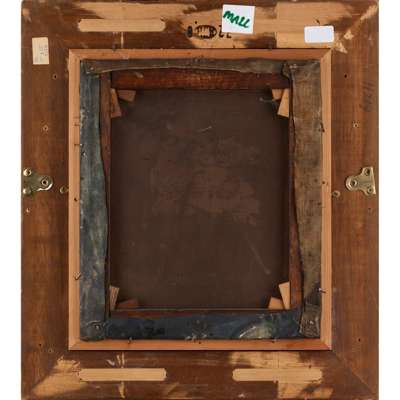
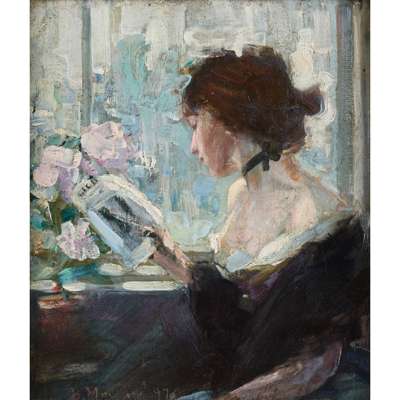
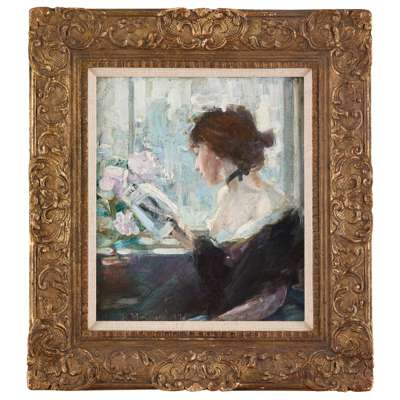


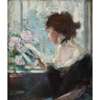
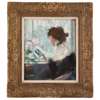

Scottish Paintings & Sculpture
Auction: Evening Sale: 08 December 2022 | From 18:00
Description
Signed and dated '97, oil on canvas
Dimensions
36cm x 30.5cm (14in x 12in)
Provenance
Provenance: James Connell & Sons, Glasgow
Ewan Mundy Fine Art, Glasgow
Private Collection, Glasgow
Literature: Ailsa Tanner, Bessie MacNicol: New Woman, privately published 1998, p.29, ill.col.pl.10
Footnote
Born in Glasgow in 1869, Elizabeth MacNicol, known as Bessie, was one of the few artists within the Glasgow Girls group who excelled at painting during her time at the Glasgow School of Art (1887-1892). With the encouragement of its Director, Fra Newbery, MacNicol painted at his summer schools at Lundin Links, Fife and later travelled to Paris to continue her training at the Academie Colarossi. In 1893, MacNicol exhibited for her first and only time at the Royal Academy of Arts, London. This was also her first year exhibiting at the Royal Glasgow Institute where she would continue to exhibit until her death in 1904.
By 1894, MacNicol had acquired a studio at 175 St Vincent Street in Glasgow. It was around this time that she discovered the artists’ town of Kirkcudbright, where she spent time painting alongside some of the Glasgow Boys. Her only solo show was in 1899 at Stephen Gooden’s Art Rooms in Glasgow, the same year she married medical doctor-turned-artist Alexander Frew. From their home in the West End of Glasgow, MacNicol painted mainly figurative work in her studio, and continued exhibiting in Glasgow, Edinburgh, London and internationally until her early death in childbirth in 1904. Art critics of the time praised MacNicol for her strong and vigorous style of painting, comparing her favourably with her male contemporaries. At her funeral, the all-male Glasgow Art Club members’ tribute praised her as ‘a true artist’.
Elizabeth is a highly attractive oil painting, characteristic of MacNicol’s figurative work in the late 1890s, where women are presented alone amongst foliage or dappled in sunlight beneath a canopy of trees. In this strong portrait composition, an elegant female sitter, reading with head tilted backwards, draws clear influence from Whistler, an artist hugely admired by Glasgow School artists, as well as from the Dutch Old Masters, and the Impressionists who inspired MacNicol during her sojourn in Paris. Elizabeth not only highlights MacNicol’s virtuosity and highly assured brushwork; the composition also reveals a psychological depth in the interplay of elements such as the floral arrangement to the left of the sitter, and the play of light and dark which force our gaze on the sitter and the contemplation of her inner reverie.
MacNicol is well represented in public collections. In her lifetime she exhibited widely in Scotland at the Royal Scottish Academy, the Glasgow Society of Lady Artists, the Royal Glasgow Institute, and the Royal Scottish Society of Painters in Watercolour. Her works have also been exhibited in London, Liverpool, Manchester, throughout Europe and the USA. In his book Scottish Painting Past and Present (London, 1908, p.436), James Caw, Director of the National Galleries of Scotland, recognised MacNicol as ‘probably the most accomplished lady-artist that Scotland has yet produced’.








